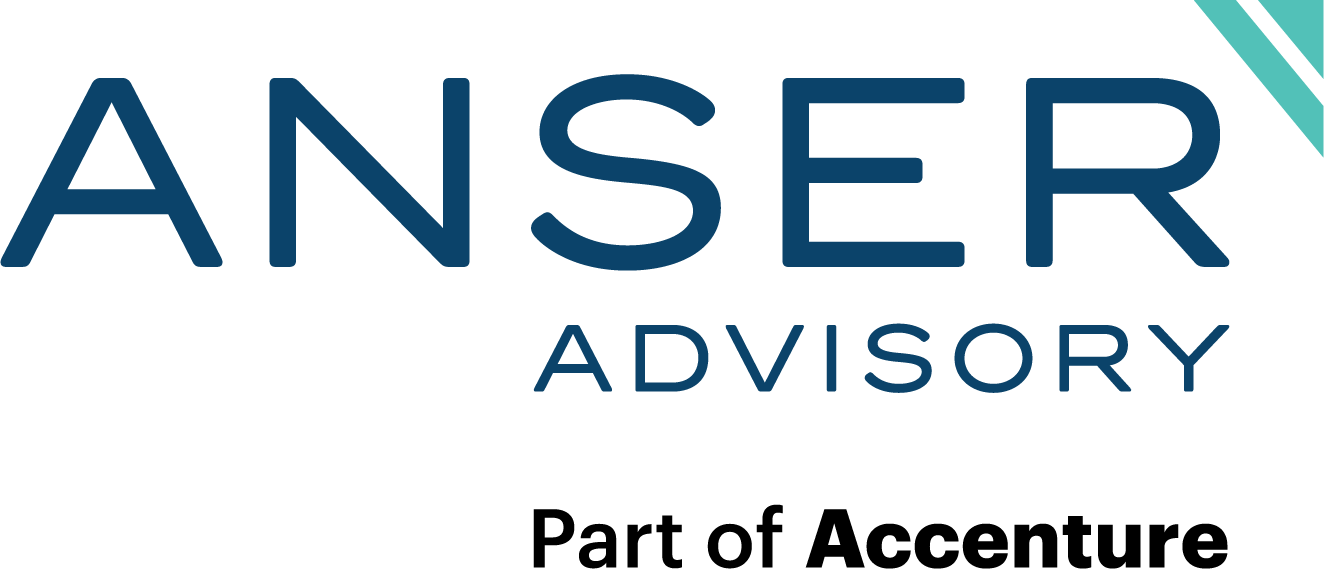I'll admit that I love the conveniences of technology. At the appointed time every morning, the kitchen lights and the coffee maker come on to start the day. Alexa gives me the weather forecast and plays my favorite wake-up song. Then I hop into my car, which proceeds to inform me which roads to avoid for my commute. What's not to love?
Technology is advancing faster every day thanks to machines that learn and algorithms that run. This fact is both exhilarating and terrifying. Many companies are seeing AI's power and looking for ways to streamline their work, reduce repetitive jobs, and even decide who to hire or promote.
AI can assist individuals and organizations in getting work done safely, securely, and in far less time with excellent results.
Here are seven things to implement first:
-
Choose a few specific goals and business objectives for AI to accomplish. These objectives should be tactical, operational, repeatable, non-trivial, impactful, and suitable for automation. Each objective should have comprehensive data aligned with it.
-
Plan for collecting, maintaining, and using data securely, efficiently, and cost-effectively.
-
Clearly define data processes with multiple stakeholders and frequent monitoring and auditing.
-
Set up controls to ensure that data is used correctly and in accordance with policies and regulations while getting the most value from the data.
-
Determine the appropriate technology and platforms that meet the business objectives and the budget.
-
Check the latest legal guidance to ensure compliance.
-
Promote transparency, impartiality, predictability, auditability, and incorruptibility.
AI is nothing without data, so ensuring that data collection, sanitizing, and governance are in order will go a long way. Prioritize business needs and start small. Ask users to report anything that doesn't look right so it can be reviewed and corrected immediately. Garner legal guidance in your state to ensure compliance. Lastly, monitor your company's performance on business tasks before and after applying AI tools to accurately measure the impact and the value of AI to your business.
Following these steps, and sharing the results with your team, will help make your experience with AI a success. While there are no federal regulations on the use of AI at this time, the White House released an AI Bill of Rights in 2022 to protect people from discrimination. Some employees may feel uneasy about machines making decisions or accessing troves of information. Communicating plans and establishing control guardrails to monitor and correct anomalies will help to assuage those fears.
About the Author
Brenda Metzger
Innovation Director at Anser Advisory
 Brenda has over 30 years of experience providing Program Management and IT lifecycle support to the Intelligence Community and federal clients. Her expertise includes managing IT development, roadmaps, prototyping, and finding solutions. Her passion is bringing ideas and concepts to reality. She partners with business units and employees to develop practical and efficient integration strategies. Brenda is an expert in cost-benefit analyses and performance metrics to support decision-making. She is a certified Project Management Professional (PMP)®, Six Sigma Black Belt, ITIL Foundation, Business Intelligence Professional, and Scrum Master. She also has IDEO certifications and earned a Certified Innovation Leader™ certification from the Association of International Product and Marketing Management (AIPMM). She has an MA in National Security Studies from Georgetown University and a BA in International Affairs from the University of Colorado.
Brenda has over 30 years of experience providing Program Management and IT lifecycle support to the Intelligence Community and federal clients. Her expertise includes managing IT development, roadmaps, prototyping, and finding solutions. Her passion is bringing ideas and concepts to reality. She partners with business units and employees to develop practical and efficient integration strategies. Brenda is an expert in cost-benefit analyses and performance metrics to support decision-making. She is a certified Project Management Professional (PMP)®, Six Sigma Black Belt, ITIL Foundation, Business Intelligence Professional, and Scrum Master. She also has IDEO certifications and earned a Certified Innovation Leader™ certification from the Association of International Product and Marketing Management (AIPMM). She has an MA in National Security Studies from Georgetown University and a BA in International Affairs from the University of Colorado.


